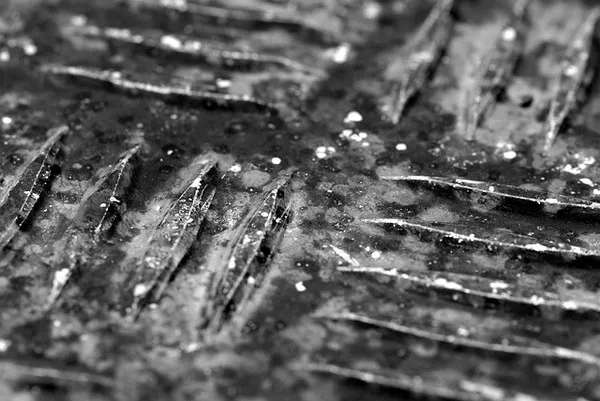In the realm of wastewater treatment, the efficiency and effectiveness of each process are critical to ensuring the safety of our environment and public health. One often-overlooked yet fundamental component of wastewater treatment plants is the grit chamber. This article will delve into what grit chambers are, their significance in the treatment process, and how they operate to protect downstream equipment and enhance overall treatment performance.
What is a Grit Chamber?
A grit chamber is an essential preliminary treatment unit within a wastewater treatment plant designed to remove inorganic solids, such as sand, gravel, and other abrasive particles, from the incoming wastewater. These particles, collectively known as “grit,” can cause significant damage to pumps, valves, and other mechanical equipment if not properly removed early in the treatment process.
Grit chambers come in various designs and configurations, but they all serve the common purpose of separating and collecting abrasive materials efficiently. The most common types of grit chambers are aerated grit chambers and detritus tanks, each employing specific mechanisms for effective grit removal.
Importance of Grit Removal
The removal of grit is crucial for several reasons:
Equipment Protection: Grit can wreak havoc on downstream equipment, including pumps, valves, and piping, causing erosion, abrasion, and wear. By removing grit early in the treatment process, these risks are significantly mitigated, reducing maintenance costs and equipment downtime.
Preventing Clogging: Grit particles can accumulate and clog pipes, channels, and other treatment units, diminishing the overall capacity and efficiency of the treatment plant. By separating grit at the outset, the likelihood of clogging is substantially reduced.
Enhancing Treatment Performance: Cleaner influent water (i.e., water entering subsequent treatment stages) improves the efficiency and effectiveness of subsequent treatment processes, such as settling, biological treatment, and disinfection. This leads to higher-quality effluent and better overall treatment performance.
Operation of Grit Chambers
1. Aerated Grit Chambers
Aerated grit chambers are designed to create a controlled turbulence that keeps the organic matter suspended while allowing the heavier grit to settle out. In these chambers, the incoming wastewater is mixed with air to create a swirling motion. This motion helps lift lighter organic particles while allowing the heavier grit to settle to the bottom.
Once settled, the collected grit is either pumped out periodically or removed using mechanical scrapers. Careful control of the air-to-water ratio and chamber design is crucial for optimizing grit removal efficiency.
2. Detritus Tanks
Detritus tanks operate on a slightly different principle, relying mainly on gravity to separate grit from the wastewater. The influent water enters the tank at a controlled rate, allowing grit to settle to the bottom due to its higher density compared to organic matter.
Periodic removal of settled grit is achieved either manually or mechanically using scrapers or suction devices. Proper tank design, including baffle plates and sedimentation zones, ensures effective grit removal without carrying over significant amounts of organic material.
Design Considerations
The design of grit chambers is influenced by several factors:
Flow Rate: The anticipated flow rate of wastewater dictates the size and capacity of the grit chamber.
Particle Size: Understanding the size distribution of grit particles helps determine the appropriate chamber design and operational parameters.
Chamber Configuration: The choice between aerated grit chambers and detritus tanks depends on factors such as available space, influent characteristics, and desired efficiency.
Challenges and Considerations
While grit chambers are effective in removing inorganic solids, they are not without challenges:
Maintenance: Regular maintenance is essential to prevent sediment buildup, which can compromise performance.
Organic Matter Carryover: Ensuring minimal carryover of organic matter with the removed grit is crucial to prevent potential issues in downstream treatment processes.
Energy Consumption: Aerated grit chambers can consume significant energy due to the aeration process, warranting careful optimization.
Conclusion
In conclusion, grit chambers play a vital role in wastewater treatment plants by safeguarding downstream equipment, preventing clogging, and enhancing treatment performance. Understanding the principles of grit removal and the operational considerations of grit chambers is crucial for designing and maintaining efficient wastewater treatment systems.
As advancements in wastewater treatment continue to evolve, optimizing grit removal processes will remain essential for sustainable and effective treatment of wastewater, ensuring the protection of our environment and public health. By prioritizing the role of grit chambers in wastewater treatment, we contribute to the overall improvement of treatment plant operations and the preservation of our water resources for future generations.

